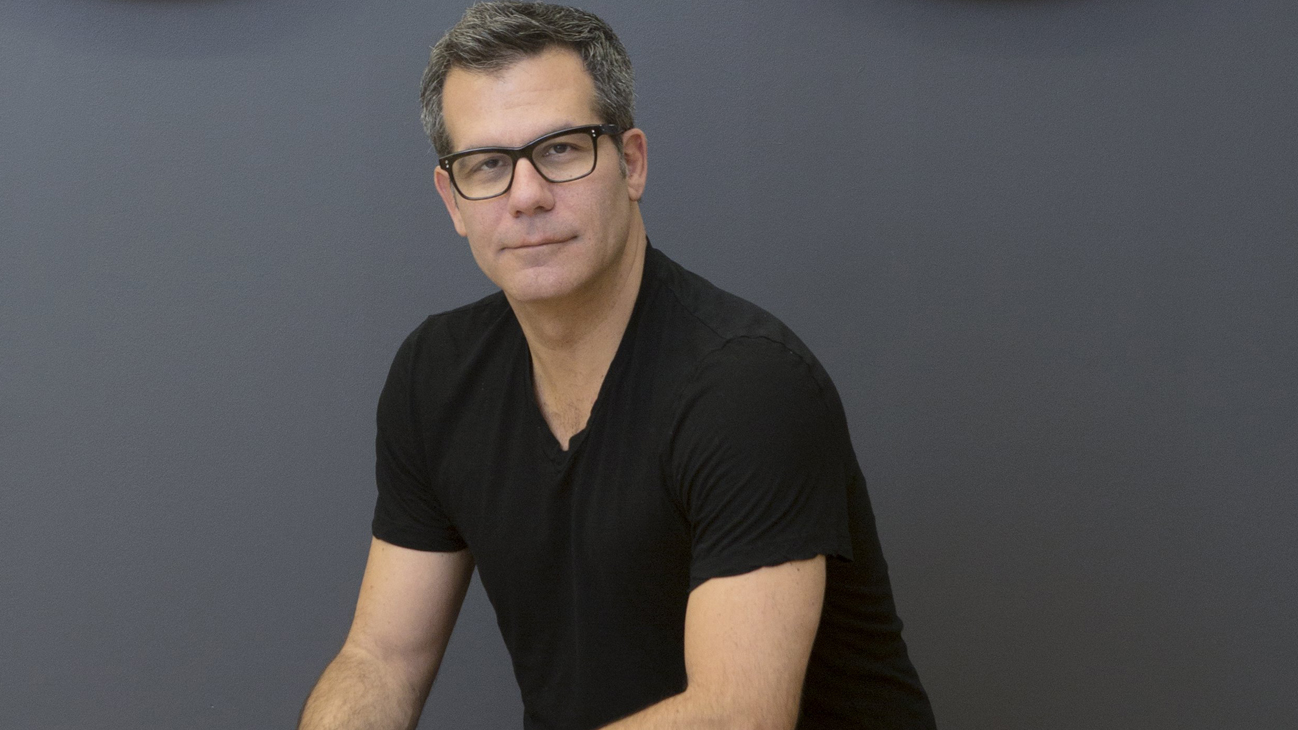Richard Florida is one of the world’s most sought after speakers on global trends, economics, prosperity, competitiveness, and growth. Combining in-depth analysis, a fascinating personal story, and a touch of self-deprecating humor, it’s no wonder he was named one of Esquire’s “Best and Brightest,” alongside luminaries such as Bill Clinton and Bill Gates. In this recent piece for CityLab, Florida explains why Cadillac should keep its headquarters in Detroit rather than head to New York City:
General Motors is moving Cadillac headquarters from Detroit to New York City, the car company announced yesterday. The move is driven at least in part by Cadillac’s new president, Johan de Nysschen, who came to the gig this past summer after stints with Infiniti and Audi. The move to Manhattan and away from gritty Detroit is an apparent attempt to boost the lagging brand’s status on a world scale, especially with upscale buyers in China, Asia, and the Middle East. De Nysschen is no stranger to corporate relocations: In his short tenure at Infiniti, he moved the company’s headquarters from Tokyo to Hong Kong.
“There is no city in the world where the inhabitants are more immersed in a premium lifestyle than in New York,” de Nysschen said in a statement Tuesday. “It allows our team to share experiences with premium-brand consumers and develop attitudes in common with our audience.”
On behalf of Detroit: Ouch. As for de Nysschen’s logic—I’m not so sure about it. It makes far more sense for Cadillac to hinge its remaking on the leading automotive and design cluster of Detroit, the city’s authenticity, and its burgeoning comeback.
Cadillac’s current image problem has little to do with Detroit—it’s a product of bad management and its reputation as a stodgy, American-centric, old-school, gas guzzler. That may be changing now with the introduction of new, more successful models. Cadillac would be better off positioning itself as a comeback story of an American icon—alongside the city where it is based.
Detroit may well be the best part of Cadillac’s image. It’s the Motor City after all, and its resurgence has caught the attention of people worldwide. “Made in Detroit” is a substantial enough moniker that it has drawn companies like Shinola, the watch and bicycle maker, to locate there. Chrysler’s “Made in Detroit” ads, which ran during Super Bowl XLV and featured Detroit native Eminem, made the connection between the city’s resolve and its main export clear:
“This is the Motor City. This is what we do … Because when it comes to luxury, it’s as much about where it’s from as who it’s for. Now, we’re from America—but this isn’t New York City, or the Windy City, or Sin City. And we’re certainly no one’s Emerald City.”
Ultimately, the move from Detroit projects Cadillac as an inauthentic, footloose brand, uprooted from the city, history, and people that built it in the first place. (In fact, Cadillac was named after the founder of Detroit).
The company seems to think the move to New York will attract top business talent. GM CEO Mary Barra told reporters yesterday that the New York office would target “about 100 people that I think are really going to craft the strategy.” But can Cadillac really compete for top management, marketing, and strategy talent in New York, against the world’s leading corporations, financial institutions, consulting companies, media operations, and high-flying startups? Then there are the costs: Recruiting top talent to Manhattan will cost the company top dollar. And it may end up attracting the wrong kinds of people for the wrong reasons: those who move to New York to climb the corporate ladder instead of those interested in helping remake a historic, if challenged, auto company.
The decline of American manufacturing is a case study in the bad things that happen when executives get too distant from engineering and the factory floor. The real problem with Cadillac is less its image and more its performance—or lack of it. At a time when Mercedes, BMW, Audi, and the rest are building ever-higher performing cars, Car and Driver recently pointed out that “what Cadillac needs most desperately is a stable of world-class powertrains.” The companies and people developing these new high performance powertrains are not located in New York: They are deeply embedded in Detroit’s automotive cluster.
Furthermore, GM’s top leadership, however stodgy, remains centered squarely in Detroit. As Car and Driver put it, “replacing those engines entails billion-dollar investments that de Nysschen may not have the pull or persuasion to make happen at lumbering, cost-conscious GM.” Moving to New York may create some distance and inject some new talent, but it will make it harder to get the corporate buy-in required to turn the company around.
For all the economic hardship it has been through, Detroit remains a world-class center for automotive technology and industrial design. In my analysis of America’s leading design centers published recently on this site, the metro took the top spot for industrial and commercial design. Moving to New York might make sense for a fashion brand or a company that requires close linkages to New York’s major industries, but it makes little sense for a car company so firmly rooted in its industrial, design and talent cluster.
The NYU sociologist Harvey Molotch has a term for this connection between brands and the cities they are from: He dubs it “place in product.” “Products and commodities take on the qualities of the places from which they come,” he writes. Manhattan may well convey upscale status and luxury, but Detroit has the history, authenticity, buzz, and edginess to both attract the right kind of talent and youthful, globally oriented buyers.
Moving Cadillac’s headquarters to gain the patina of Fifth Avenue luxury isn’t nearly enough to save it. Hitching the company to the great automotive history and inspiring up from-the-ashes narrative of Detroit just might.

